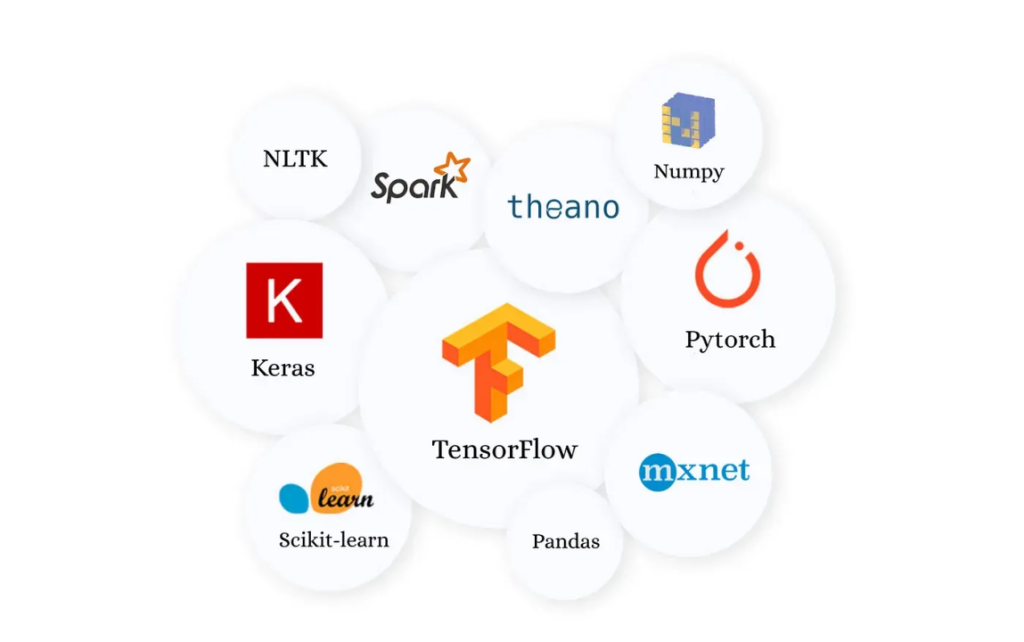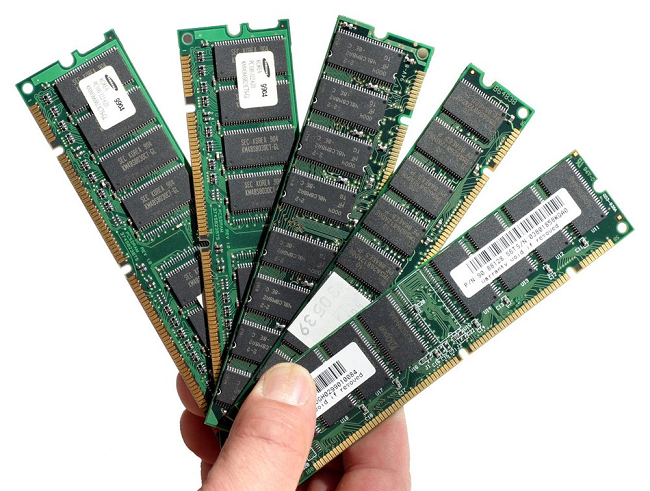Artificial intelligence has been on a serious rise in recent years, but it’s not just the big players like Google, Microsoft, or OpenAI leading the charge. There’s a growing movement centered around open-source AI tools—freely available models, libraries, and platforms that anyone can use, modify, or build upon.
This trend is reshaping who gets to play in the AI sandbox. From solo developers and indie creators to small businesses and educators, open-source AI is leveling the playing field and unlocking a new wave of innovation.
So, what exactly is open-source AI, why is it growing so fast, and how can you actually use these tools? Let’s break it down.
What Makes AI Open-Source?
Open-source AI means the code, model architecture, or datasets behind an AI project are freely available for anyone to access. You can usually find these tools on platforms like GitHub or Hugging Face, often with detailed documentation and active communities to help you get started.
Unlike closed-source tools that are locked behind APIs or commercial licenses, open-source AI lets you see what’s under the hood. You can tweak models, train your own versions, or integrate them into your own applications.

Examples include popular tools like TensorFlow, PyTorch, LangChain, and open-source language models like LLaMA, Mistral, and GPT-J.
Why Open-Source AI Is Exploding
The rise of open-source AI has a lot to do with access and transparency. Not everyone wants—or can afford—to rely on high-cost proprietary systems. Open models offer an alternative that is flexible, customizable, and community-driven.
It’s also a response to growing concerns about privacy and control. With open-source tools, you’re not handing off your data to a black-box provider. You can host models locally, adjust how they work, and better understand their behavior.
Plus, developers love collaboration. With thousands of people contributing to improvements, bug fixes, and new use cases, open-source projects often move faster than you’d expect.
Cool Things You Can Do with Open-Source AI
If you’re wondering what you can actually do with these tools, here are a few practical and creative ideas:
-
Build your own chatbot using a local language model like Mistral or GPT4All
-
Create AI-generated images using models like Stable Diffusion
-
Summarize long documents or transcribe audio using open-source NLP tools
-
Automate content creation with AI writing assistants you can fine-tune yourself
-
Train models on your own data for hyper-specific use cases (customer service, research, etc.)
You don’t need to be a machine learning expert, either. Many of these tools come with user-friendly interfaces or templates you can build from.
How to Get Started Without Feeling Overwhelmed
The best way to start using open-source AI is to pick a simple project and follow a guide. Sites like Hugging Face make it super easy to try out models in your browser, and there are countless tutorials on YouTube and developer blogs.
If you’re comfortable with Python, you’ll find a lot of starter scripts and libraries already built to help you deploy AI locally or on cloud platforms. Tools like LangChain also help you connect multiple AI systems together, like combining a language model with a search engine or database.
The key is not to overthink it—start small and experiment. Whether you’re coding a Discord bot or setting up an AI assistant on your laptop, you’ll learn fast by doing.
Final Thoughts
Open-source AI is no longer a niche playground for academics and researchers. It’s becoming the backbone of creative projects, indie startups, and even enterprise tools. With more resources than ever and a strong community behind it, now’s a great time to dive in and explore what’s possible.
So if you’ve been waiting for a sign to try AI on your own terms, this is it.
Comments closed